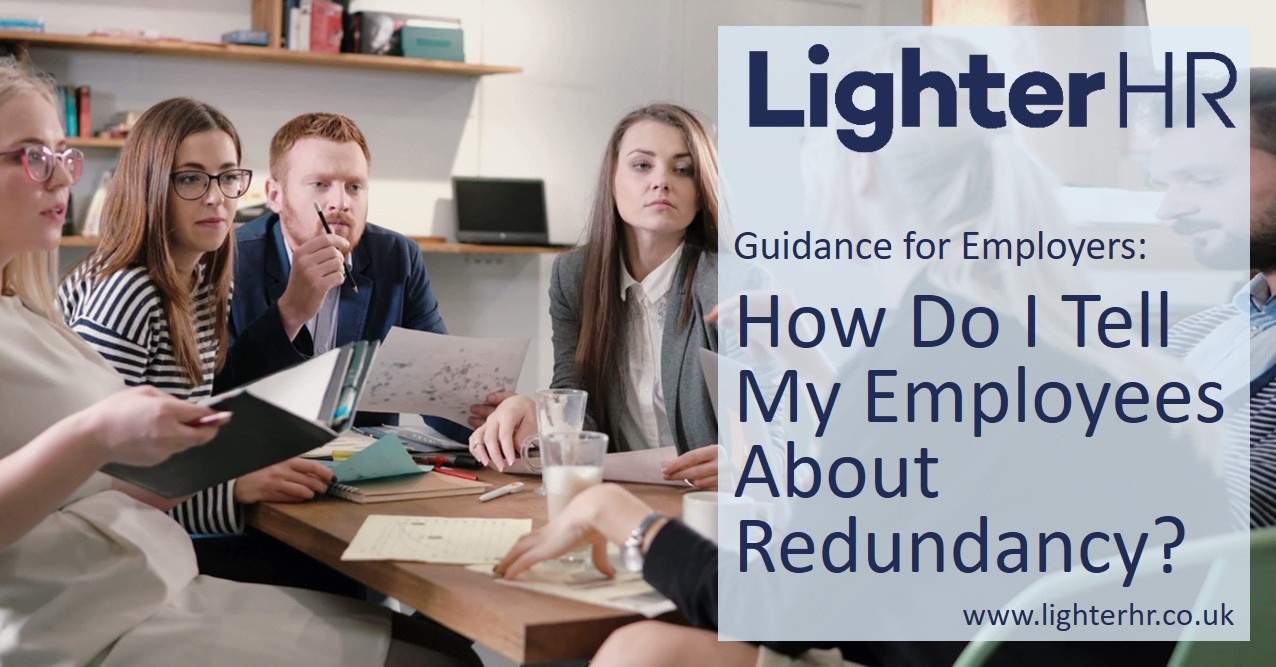Explained: If a Company Goes Bust Who Pays Redundancy in the UK?
Explained: If a Company Goes Bust Who Pays Redundancy in the UK?
Blog Article
Exploring the Interaction Between Company Redundancy and Business Versatility for Future Development
In the vibrant landscape of today's service globe, the elaborate connection between company redundancy and organizational flexibility emerges as a critical variable for sustained growth and success. Business often deal with the obstacle of striking a delicate balance between preserving a level of redundancy to reduce dangers and promoting flexibility to react quickly to the ever-evolving market needs.
Significance of Firm Redundancy
Company redundancy is a crucial component that boosts organizational strength and minimizes operational dangers. By incorporating redundancy steps within the organizational structure, companies can much better stand up to unanticipated interruptions and changes in business environment. Redundancy functions as a critical buffer, allowing companies to adjust and react effectively to unanticipated challenges without jeopardizing essential procedures.
One key facet of the significance of firm redundancy is its role in guaranteeing continuity throughout times of dilemma. When encountered with abrupt modifications or emergencies, redundant systems, resources, or employees can action in to preserve essential features and prevent extensive disruptions. This continuity not just safeguards the company's track record and client trust fund yet likewise reduces financial losses and functional downtime.

Methods for Organizational Adaptability

Creating versatile organizational frameworks that allow for fast changes to market dynamics and customer demands is important for remaining competitive in a swiftly advancing setting. By proactively recognizing prospective interruptions and opportunities, organizations can proactively adapt and grow in an ever-changing organization landscape.
Harmonizing Redundancy and Flexibility
Achieving an unified balance between functional redundancy and organizational flexibility is extremely important in browsing the complexities of a dynamic service atmosphere. Striking the right balance between redundancy and flexibility is a delicate process that requires a deep understanding of the company's objectives, market characteristics, and risk resistance.
To attain this balance, business need to conduct regular evaluations of their operations to recognize locations where redundancy is necessary for danger reduction and where flexibility can drive advancement and development. Executing versatile frameworks, cultivating a culture of constant discovering and enhancement, see post and urging open interaction throughout all levels of the company are crucial approaches to harmonize redundancy and adaptability effectively. By aligning these 2 critical elements, companies can place themselves for lasting growth and success in an ever-changing service landscape.
Study on Adjustment Success
In taking a look at instances of effective organizational adaptation, it becomes noticeable that the interplay between functional redundancy and adaptability is a defining variable in shaping durable businesses. A DVD rental solution, Netflix showed exceptional flexibility by transitioning into a streaming system when digitalization interrupted the industry. These situation studies underscore the significance of functional redundancy combined with business flexibility in fostering lasting development and competitiveness.
Building Resilience for Future Growth
Structure durability for future development calls for a tactical positioning of operational processes with market characteristics and emerging trends. Business need to adjust to altering atmospheres by promoting a society of versatility, innovation, and continual enhancement. Durability involves not only recovering from troubles yet likewise proactively getting ready for future difficulties. One crucial element of building resilience is purchasing robust risk monitoring strategies to mitigate prospective interruptions. This includes scenario planning, branching out supply chains, and establishing contingency strategies for numerous contingencies (who pays redundancy money).
Moreover, fostering solid partnerships with stakeholders, such as clients, workers, suppliers, and the community, is important for keeping and weathering unpredictabilities count on and support during rough times. Effective communication and transparency play a vital function in structure durability, as they assist promote and line get more up expectations collaboration in browsing unpredictabilities.
In addition, companies require to prioritize discovering and advancement campaigns to upskill workers and outfit them with the essential devices to adjust to changing situations. By buying their labor force, firms can boost their versatility and agility, ultimately reinforcing their durability for lasting future development.
Final Thought

In the dynamic landscape of today's organization world, the detailed relationship in between company redundancy and organizational flexibility arises find as an important factor for continual growth and success. Business typically deal with the obstacle of striking a fragile equilibrium between preserving a degree of redundancy to alleviate threats and fostering flexibility to respond promptly to the ever-evolving market demands.To achieve this balance, business need to conduct normal evaluations of their operations to determine locations where redundancy is required for danger reduction and where adaptability can drive innovation and development.In conclusion, the interplay in between firm redundancy and organizational versatility is important for future growth. Structure strength via a mix of redundancy and flexibility will guarantee that companies are prepared for the challenges of the future.
Report this page